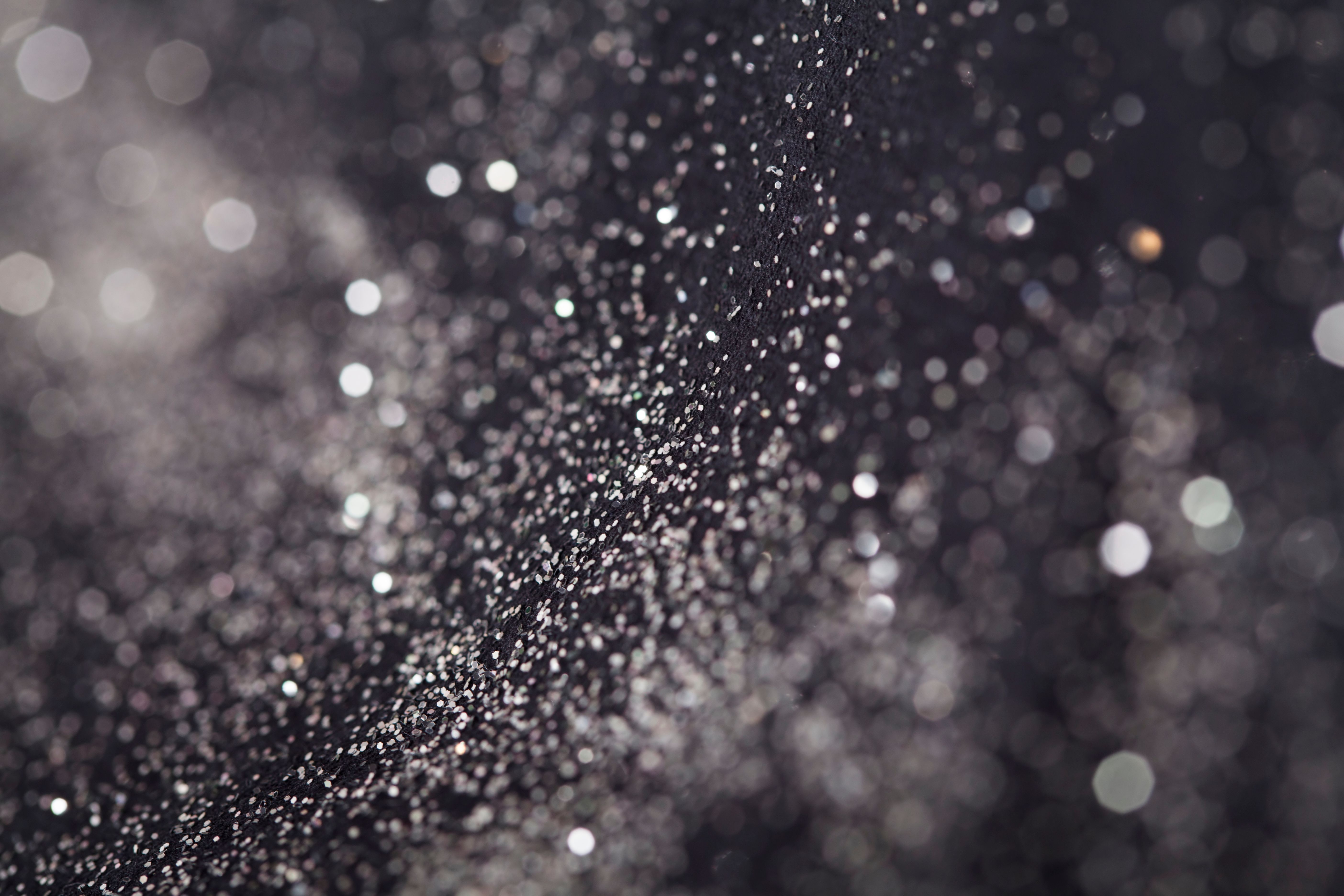Advanced Laser Spectroscopy Enables Rapid Element Quantification in Technical Cleanliness Analysis of Alloy Particles
Researchers have developed advanced laser-induced breakdown spectroscopy (LIBS) methods for rapid element quantification in alloy particles, aiding in the efficient analysis and identification of their source materials.
Research published in Spectrochimica Acta Part B: Atomic Spectroscopy shows how laser-induced breakdown spectroscopy (LIBS) methods can be used to accurately characterize metal particles (1).
Abstract black background | Image Credit: © erika8213 - stock.adobe.com

Maintaining technical cleanliness in industry is essential because contamination could lead to a decrease in quality and safety of the product being manufactured (1). The study focused on aluminum alloy particles because they are commonly encountered in industrial processes (1). The researchers’ main goal was to evaluate the representativeness of the in-house-generated aluminum reference particles compared to their source materials (1). To do this, the researchers used LIBS to quantitatively analyzing ten alloy elements (1).
The specially designed multivariate quantification models proved effective in accurately characterizing the elemental composition of the alloy particles. The validation and limit of quantification calculations demonstrated the functionality and applicability of the method, even for particles as small as 45 μm (1). This range of particle sizes covers the majority of particles encountered in technical cleanliness analysis (1).
Microstructure analysis was also conducted in this study. The purpose of this analysis was to make sure that the particle samples were of good quality, which ensured the integrity of the research (1). By combing LIBS analysis with microstructure examination, the researchers obtained improved transferability of particle analysis to their possible bulk materials (1). Furthermore, the researchers successfully demonstrated the feasibility of generating internal reference particles with different chemical compositions, offering a practical and cost-effective solution for future analyses (1).
The development of these advanced LIBS methods provides industries with a powerful tool for rapid and accurate technical cleanliness analysis. By effectively quantifying the elemental composition of alloy particles, manufacturers can identify the sources of contamination, improve production processes, and enhance the quality and reliability of their products. The findings of this study contribute to the ongoing efforts in maintaining technical cleanliness standards across industries.
Reference
(1) Lazinger, M.; Huber, D.; Merk, V.; Kaufmann, S.; Schuster, M.; Ivleva, N. Development of laser-induced breakdown spectroscopy-methods for rapid element quantification in alloy particles in technical cleanliness analysis. Spectrochimica Acta Part B: At. Spectrosc. 2023, 205, 106691. DOI: 10.1016/j.sab.2023.106691
Laser Ablation Molecular Isotopic Spectrometry: A New Dimension of LIBS
July 5th 2012Part of a new podcast series presented in collaboration with the Federation of Analytical Chemistry and Spectroscopy Societies (FACSS), in connection with SciX 2012 — the Great Scientific Exchange, the North American conference (39th Annual) of FACSS.